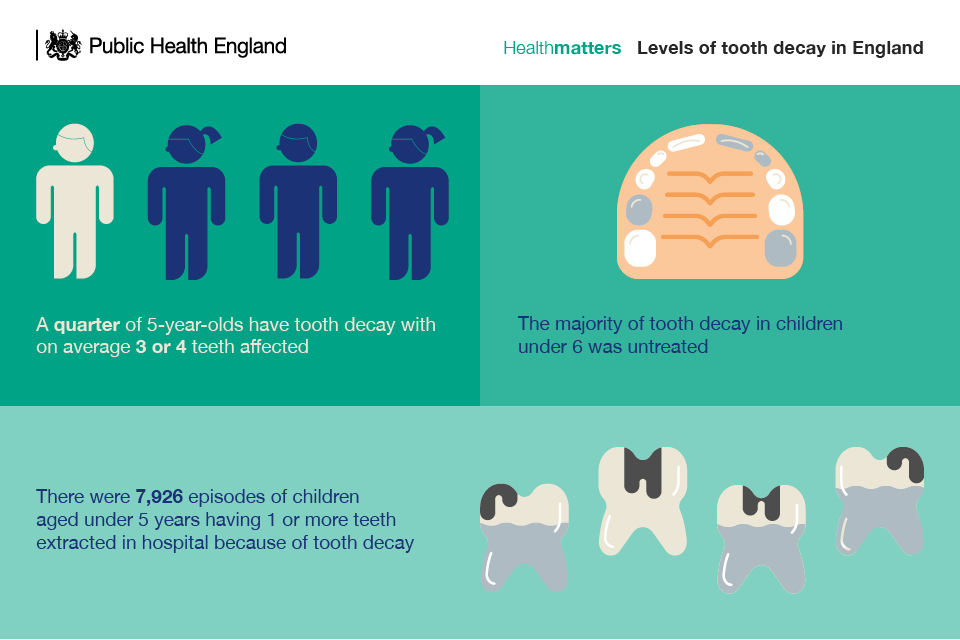The Evolution Of Oral Surgery: Emerging Developments And Growths Transforming The Technique
The Evolution Of Oral Surgery: Emerging Developments And Growths Transforming The Technique
Blog Article
Write-Up Writer-Bendixen Dowd
Welcome to the globe of oral surgery, where advancements and breakthroughs are forming the future of the area! In this exciting world, you'll witness the transformative power of robotics, the cutting-edge wonder of 3D printing, and the game-changing effect of minimally intrusive strategies.
The future of dental surgery holds an assurance of precision, effectiveness, and enhanced individual results. With the help of sophisticated robotics, doctors have the ability to carry out complex treatments with better accuracy and control.
3D printing technology is reinventing the production of dental implants and prosthetics, providing tailored solutions that fit seamlessly right into each patient's one-of-a-kind makeup.
In addition, minimally invasive techniques are decreasing post-operative discomfort and healing time, permitting people to return to their daily lives earlier.
Prepare to discover relevant site and advancements that are improving the landscape of oral surgery!
Improvements in Robotics
One significant advancement in oral surgery is the use of robot modern technology, which enables precise and efficient procedures. With the help of robot systems, oral cosmetic surgeons have the capacity to carry out intricate surgeries with improved precision, decreasing the risk of human mistake.
These robot systems are equipped with advanced imaging modern technology and specific instruments that make it possible for surgeons to browse with detailed physiological frameworks with ease. By using robot innovation, specialists can achieve greater surgical precision, resulting in boosted person outcomes and faster recovery times.
Additionally, making use of robotics in dental surgery permits minimally invasive treatments, reducing the trauma to bordering tissues and advertising faster healing.
3D Printing in Dental Surgery
To boost the field of dental surgery, you can discover the subtopic of 3D printing in oral surgery. https://knoxnewne.luwebs.com/33670290/children-and-preventative-dental-care-what-parents-need-to-know has the potential to transform the means dental doctors operate and treat people. Here are four crucial methods which 3D printing is forming the field:
- ** Customized Surgical Guides **: 3D printing permits the creation of extremely exact and patient-specific surgical overviews, enhancing the accuracy and efficiency of treatments.
- ** Implant Prosthetics **: With 3D printing, oral specialists can develop customized dental implant prosthetics that completely fit an individual's distinct makeup, causing much better results and patient contentment.
- ** Bone Grafting **: 3D printing makes it possible for the production of patient-specific bone grafts, lowering the demand for standard grafting strategies and enhancing recovery and recovery time.
- ** Education and Training **: 3D printing can be made use of to produce sensible surgical versions for academic functions, allowing dental doctors to exercise intricate treatments prior to doing them on clients.
With its prospective to enhance precision, customization, and training, 3D printing is an exciting growth in the field of dental surgery.
Minimally Invasive Methods
To further advance the field of dental surgery, accept the possibility of minimally invasive techniques that can considerably profit both cosmetic surgeons and individuals alike.
Minimally invasive strategies are changing the field by reducing medical trauma, lessening post-operative pain, and speeding up the healing process. These strategies entail utilizing smaller sized cuts and specialized tools to perform procedures with precision and efficiency.
By making use of advanced imaging technology, such as cone light beam computed tomography (CBCT), doctors can properly plan and implement surgical treatments with minimal invasiveness.
Furthermore, making use of lasers in oral surgery allows for exact cells cutting and coagulation, causing lessened blood loss and reduced healing time.
With minimally invasive strategies, people can experience quicker recuperation, decreased scarring, and enhanced outcomes, making it an essential facet of the future of dental surgery.
Conclusion
So, as you can see, the future of oral surgery is extremely appealing, with amazing advancements and advances forming the area.
From the improvements in robotics to using 3D printing and minimally invasive strategies, dental cosmetic surgeons are transforming the way they provide care.
While some might bother with the possible expense connected with these innovations, it's important to bear in mind that these modern technologies eventually improve individual outcomes and minimize recuperation time, making them well worth the investment over time.
